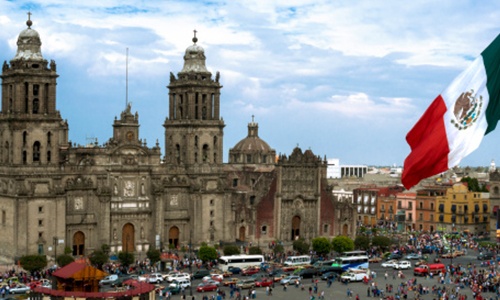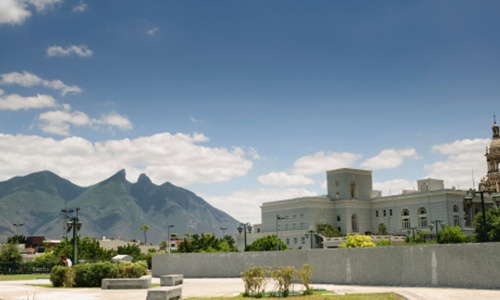
Mexico City, Mexico
Mexico City is one of the most important economic hubs in Latin America. The city proper (Federal District) produces 21.8% of the country’s gross domestic product. According to a study conducted by PricewaterhouseCoopers, Mexico City had a GDP of $390 billion, ranking as the eighth richest city in the world after the greater areas of Tokyo, New York, Los Angeles, Chicago, Paris, London and Osaka/Kobe, and the richest in the whole of Latin America, as measured by the GDP of the entire Metropolitan area. making Mexico City alone the 30th largest economy in the world. Mexico City is the greatest contributor to the country’s industrial GDP (15.8%) and also the greatest contributor to the country’s GDP in the service sector (25.3%). Due to the limited non-urbanized space at the south – most of which is protected through environmental laws – the contribution of the Federal District in agriculture is the smallest of all federal entities in the country. Mexico City has one of the world’s fastest-growing economies and its GDP is set to double. Mexico City has an HDI index of 0.915 identical to that of the Republic of Korea. The level of household expenditure in Mexico City is close to that of an average household in Germany or Japan. The top twelve percent of GDP per capita holders in the city had a mean disposable income of US $98,517. The high spending power of Mexico City inhabitants makes the city attractive for companies offering prestige and luxury goods






